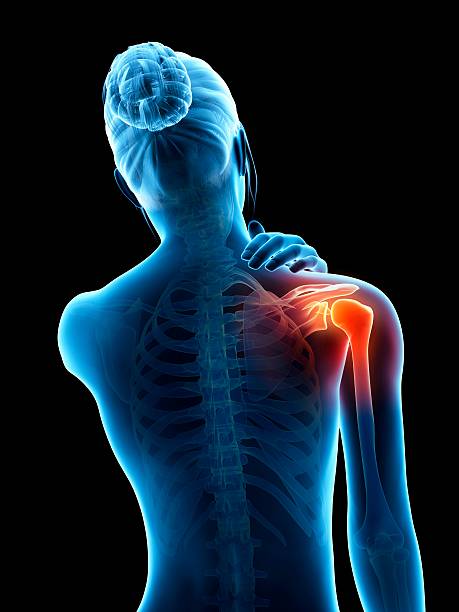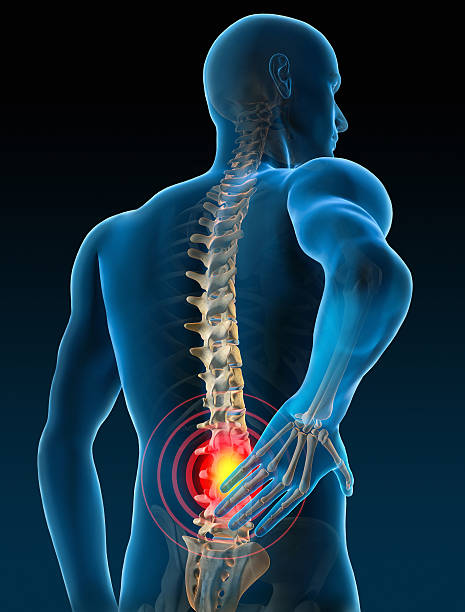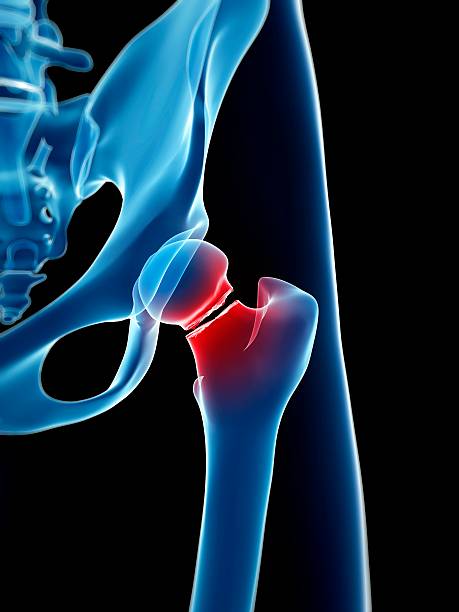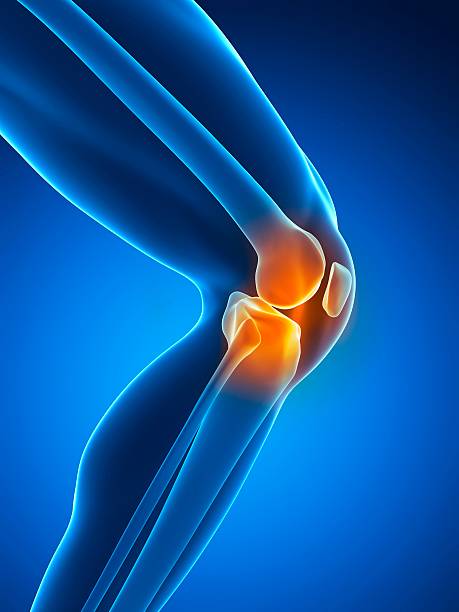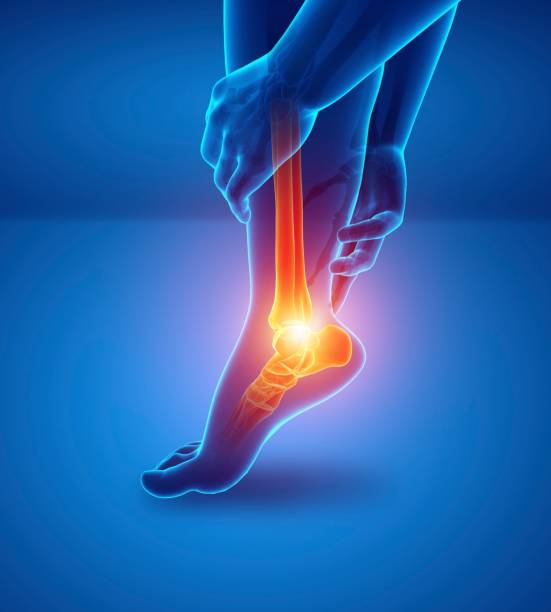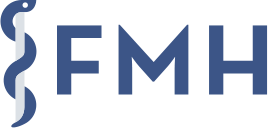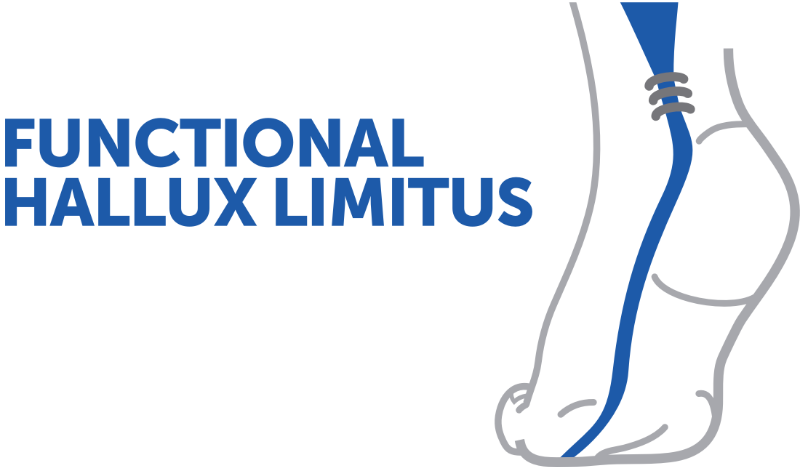Unicompartmental knee replacement: a look back at a revolution
Dr. Philippe Cartier examines the evolution of unicompartmental knee replacement. Through his career and experience, he shares technical insights, specific guidelines, and reflections on teaching and surgical philosophy. A vivid account, both historical and technical.
Doctors
Topics
Treatments
Advice
- Dr. Philippe Cartier
- Dr. Cartier's career
- History of the unicompartmental prosthesis
- Meeting with Marmore
- Techniques and settings
- Indications and contraindications
- Unicompartmental prosthesis
- Osteotomy
- Total knee replacement
- Always check the indication before installing a unit
- Do not correct an extra-articular deformity with an intra-articular prosthesis
- The surgeon's experience is key to the success of unicompartmental surgery.
Information
Video type:
Anatomy:
Surgery:
Thematic:
The spirit of the unicompartmental system: a philosophy in its own right
Unicompartmental prosthesis is not a "semi-total" prosthesis. It follows its own logic: treating a diseased compartment while preserving natural kinematics and healthy structures, particularly the cruciate ligaments. This conservative approach aims for a knee that approximates normal function, with often rapid recovery and more accurate proprioception.
This approach requires strict selection and meticulous technique, far from any instrumental simplification. Operating experience and learning from experts are essential levers.
Correct indication: first cause of success (or failure)
Failures are primarily due to poor indications: uncorrected ligament deficiency, multi-compartmental damage, major deformity, unprepared flexum. Conversely, unilateral surgery excels when the osteoarthritis is unicompartmental, the axis is compatible, and stability is assured. Planning and intraoperative testing, without unnecessary destruction, secure positioning and balance.
Plain is neither a temporary solution nor a technical shortcut: it aims for durability when the criteria are met and the installation respects its philosophy.
Unicompartmental prosthesis is not a half-total prosthesis, it is a philosophy in its own right.
Mechanical consistency: do not correct the bone through the joint
A classic error is to try to correct an extra-articular deformity (bony varus/valgus) by overfilling the joint. This strategy exposes the patient to overloading the opposite compartment and to patellofemoral pain. Correction of the axis is achieved by osteotomy; the unilateral restoration restores the diseased joint space without disrupting the overall geometry.
Accepting a slight residual varus on the operated side is part of the rules of unilateral surgery, consistent with natural ligament tension and flexion stability.
ACL and ligament balance: kinematic conditions
The presence of a functional anterior cruciate ligament promotes kinematics close to the native knee and a better "forgotten knee". In case of deficit, a combined reconstruction or an extra-articular procedure can be discussed selectively. Intraoperative adjustment seeks a slight relaxation in flexion of the operated compartment to prevent tilting/extrusion of the tibial plateau.
These technical nuances can only be learned through a structured experience curve and by working with seasoned operators.
A sub-articular deformity is never corrected intra-articularly.
Learning and mentoring: the human factor
Unicompartmental surgery remains demanding: it does not tolerate approximations in positioning and ligament balance well. Intraoperative, non-destructive tests guide the size and orientation of components until the desired stability is achieved without straining the ligaments. This know-how is transmitted through observation, repetition, and systematic feedback.
For the benefit of the patient, the objective is a reproducible pose, faithful to the conservative spirit of the technique.
For the patient: natural movement and resumption of activity
When properly indicated and properly positioned, the uni often provides a more natural feel, with a gait pattern close to the original knee. Functional recovery is based on active rehabilitation, focused on range of motion, strength, and confidence in support. Follow-up checks for the absence of opposing pain and stability over time.
Here again, the decision is made on a personalized basis, seeking the best compromise between lesion anatomy, life goals and durability of the result.
Pathologies treated at the center
Hallux Limitus
Functional
Your pain has a cause.The balance sheet allows us to understand it.
- Gait analysis
- Posture Assessment
- Guidance on the right treatment
- Study of plantar supports and supports
- Detection of compensations
- Pain–movement correlation
The functional assessment allows us to understand how a joint or postural imbalance can trigger or perpetuate pain. Very often, imaging is normal, but movement is disturbed. By analyzing gait, weight-bearing patterns, or posture, we identify the weak links in the chain and guide targeted treatment adapted to the patient's actual mechanics.


